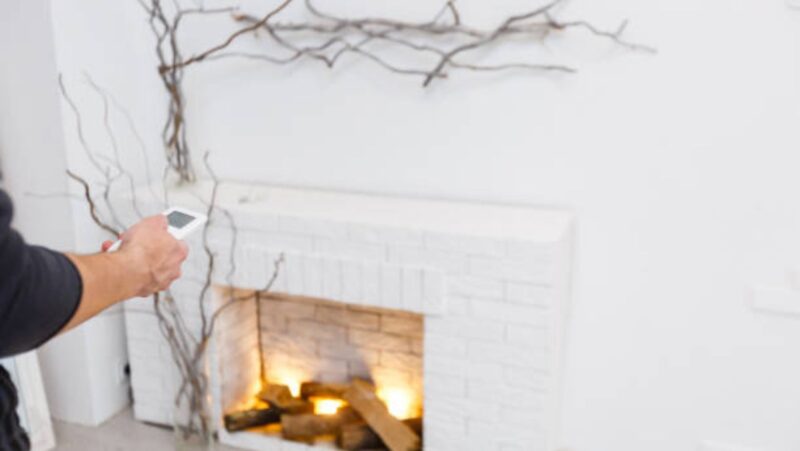
In recent years, consumer preferences in the smoking and relaxation space have shifted dramatically. As health consciousness grows, so too does the demand for safer, more mindful alternatives to traditional tobacco and nicotine products. What was once a social norm – smoking cigarettes or visiting hookah lounges – has been steadily replaced by cleaner, more customizable experiences that align with today’s wellness-driven lifestyles.
This change hasn’t come out of nowhere. Increased public awareness of the dangers associated with nicotine and chemical-laden smoke products has led people to seek out alternatives that support their relaxation needs without compromising their health. And with innovation on the rise, a new generation of products is redefining what it means to enjoy the ritual of smoke.
Let’s take a closer look at why smoke alternatives are booming, what’s driving consumer demand, and how brands are responding with creative, culturally attuned solutions.
The Wellness Movement and the Decline of Traditional Smoking
It’s no secret that traditional smoking is on the decline. Over the last decade, global smoking rates have dropped significantly, especially among younger generations. Millennials and Gen Z, in particular, are leading the charge toward cleaner living and conscious consumption.
This shift is fueled by several factors:
- Increased education about nicotine addiction and respiratory health risks
- Greater societal emphasis on mental and physical wellness
- Stronger regulations and public smoking restrictions
- Growing access to modern, less harmful alternatives
While cigarettes and tobacco-based hookah still exist, they no longer represent the pinnacle of social or sensory experience. Today, wellness-minded individuals are looking for ways to keep the ritual without the consequences.
The Appeal of Smoke Alternatives
So, what are smoke alternatives exactly? These can range from herbal blends and vaporized essential oils to water-based hookah devices and nicotine-free smoke products. The common thread is that they offer the experience of smoking, flavor, aroma, and social enjoyment, without the addictive substances or harsh chemicals.
For many, the appeal lies not only in avoiding harm but also in the ability to customize and control the experience. Smoke alternatives often come in a variety of flavors, styles, and formats, allowing users to choose something that matches their lifestyle, whether it’s calming, energizing, or purely recreational.
This has made them especially popular among consumers who value experience and vibe as much as they value health.
From Lounges to Living Rooms: Changing Social Spaces
Once upon a time, hookah lounges and cigar bars were the go-to places for social smoking experiences. But that’s changing, too. The rise of home-based rituals and personal wellness spaces has led people to bring those experiences into their environments.
Creating a relaxing space at home, with low lighting, curated playlists, and intentional products, has become the new luxury. Smoke alternatives fit seamlessly into this trend, offering users a way to enjoy flavorful smoke in their own space, at their own pace, without the pressure or exposure to harmful substances.
Within this context, platforms like www.blakksmoke.com have emerged as popular destinations for modern consumers seeking hookah options that reflect these evolving priorities. Blakk Smoke offers a selection of hookah products designed for those who want the full sensory experience of smoke, without nicotine or unnecessary additives. It’s a perfect example of how tradition and innovation can coexist.
Cultural Connection Without Compromise
Another reason smoke alternatives are on the rise is the deep cultural connection many people have to smoking rituals, particularly hookah. In Middle Eastern, African, and South Asian communities, hookah is more than a product; it’s a tradition. It brings people together, facilitates conversation, and honors long-standing customs.
Modern consumers don’t necessarily want to give that up. They simply want to engage with it more intentionally. That’s where nicotine-free alternatives come in. They allow users to hold onto the communal, sensory, and emotional value of hookah while aligning with their personal health goals.
Brands like Blakk Smoke bridge that gap, preserving the flavor, ritual, and atmosphere, while offering options free from nicotine and chemicals. This blend of authenticity and awareness is exactly what today’s health-conscious users are looking for.
Trends Driving Market Growth
The smoke alternatives market is not only growing, it’s evolving fast. Some of the top trends fueling this growth include:
1. Personalization
Consumers want products that match their taste and lifestyle. Smoke alternatives now come in a wide variety of flavors, designs, and formats to suit individual preferences.
2. Wellness Integration
Many alternative smoke products are now paired with wellness claims, such as stress relief, mental clarity, or aromatherapy. Even the act of smoking, when stripped of harmful substances, is being reframed as a ritual for self-care.
3. Stylish Presentation
Today’s consumer isn’t just health-conscious, they’re also image-conscious. Products that combine design with functional benefits are more likely to resonate.
4. Accessibility
As alternatives become more widely available both online and in retail spaces, it’s easier than ever for consumers to make the switch. Lower barriers to entry are accelerating growth.
What This Means for the Future of Relaxation
The rise of smoke alternatives signals a much broader cultural shift: one that moves away from passive indulgence and toward intentional, enjoyable experiences. Today’s relaxation rituals are about presence, personalization, and purpose.

Final Thoughts
The health-conscious market is growing, and consumers are making it clear: they want options that allow them to enjoy life’s sensory pleasures without putting their wellness at risk. Smoke alternatives, particularly those free from nicotine and harmful chemicals, are answering that call.
As the space evolves, companies that meet users at the intersection of wellness, tradition, and design will thrive.
In this new era, relaxation isn’t just about letting go; it’s about choosing what you let in.












